In today's competitive marketplace, businesses strive to build long-term relationships with their customers. Understanding the distinction between customer loyalty and brand loyalty is critical for creating effective marketing strategies that attract and retain customers in the long run. This article explores the customer loyalty vs brand loyalty discourse, the factors that influence each, and strategies for improving both.
What is Customer loyalty?
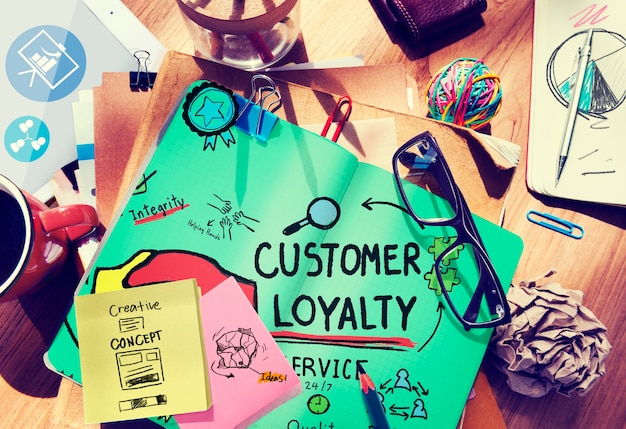
A customer's dedication to making regular purchases from a specific business or brand over an extended period of time is referred to as customer loyalty. Positive brand experiences, contentment with the goods or services, and faith in the business are frequently the main drivers of this loyalty. Loyal consumers are more likely to give insightful feedback, make additional purchases, and refer the brand to others.
Important features of customer loyalty

Transactional nature
Recurring purchases and transactions are frequently the foundation of customer loyalty.
Satisfaction driven
A key component of consumer loyalty is high levels of satisfaction with goods or services.
Emotional connection
If the customer feels that the brand values and appreciates them, there may be an emotional connection even though it is not as strong as brand loyalty.
Incentives and rewards
This includes promos, exclusive offers, discounts, and loyalty programs.
What is Brand loyalty?
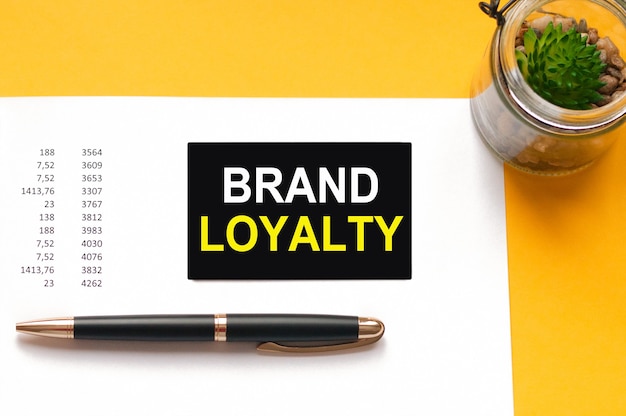
Brand loyalty is defined by a deep emotional bond with a brand and extends beyond recurring purchases. Brand-loyal customers resist being influenced by rivals, even when they present superior value or merchandise. Trust, emotional connection, and a consistent brand experience that fits with the customer's identity and values are the cornerstones of brand loyalty.
Important features of brand loyalty
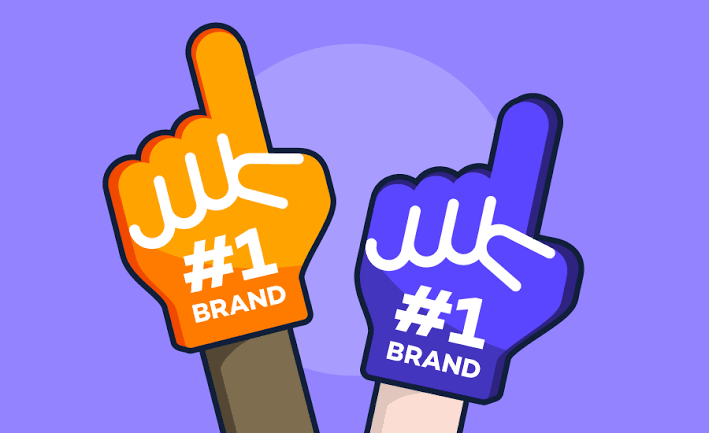
Emotional connection
A strong, intimate relationship with the brand that transcends the advantages of transactions.
Consistency
Adherence to the brand irrespective of affordability or ease of use.
Advocacy
Loyal consumers of a brand frequently turn into brand ambassadors, spreading the word about it on social media and through word-of-mouth.
Identity
The brand integrates into the customer's way of life and identity.
Factors affecting customer loyalty
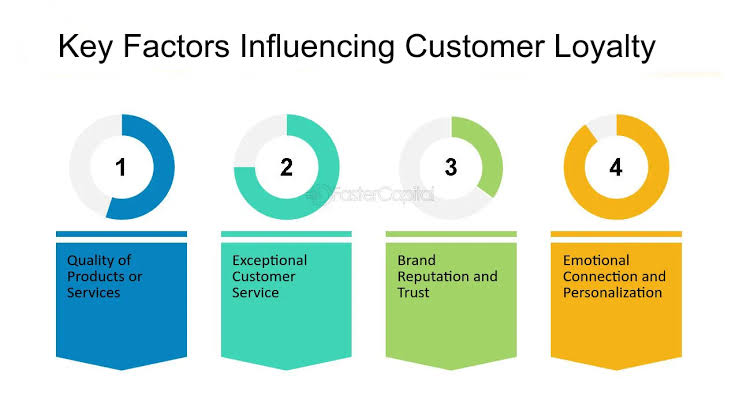
Developing customer loyalty is influenced by a number of factors, such as:
Product and service quality
Offerings of the highest caliber guarantee client happiness and recurring business.
Customer service
A one-time customer can become a devoted one through outstanding customer service.
Convenience
Purchasing simplicity, accessibility, and general customer satisfaction are important factors.
Loyalty programs
Incentives and prizes for recurring business entice clients to come back.
Elements that affect brand loyalty
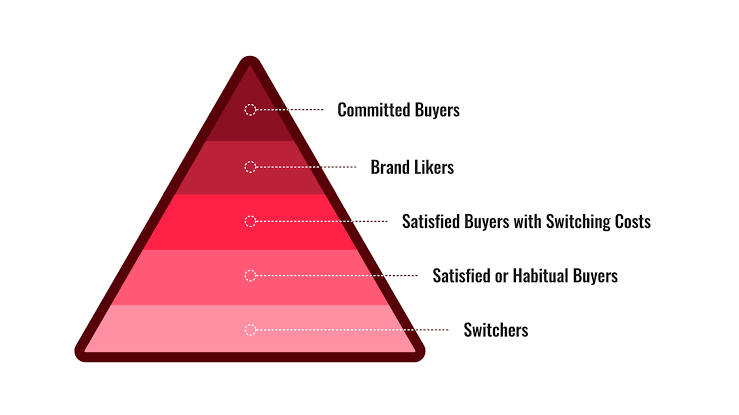
Brand consistency
Building trust and recognition is facilitated by consistent brand messaging and experiences.
Emotional connection
Using brand values, community involvement, and storytelling to forge an emotional connection.
Customer engagement
Personalized communication, events, and social media are used to actively and meaningfully engage customers.
Brand reputation
A powerful, favorable reputation built over time fosters deep loyalty.
Customer loyalty vs brand loyalty: key differences
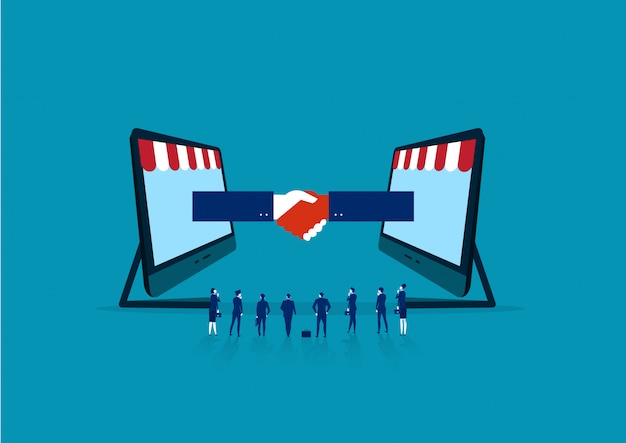
It is beneficial for businesses to differentiate between customer and brand loyalty when developing their marketing strategies.
Relationship depth
While brand loyalty is rooted in emotional ties and identity, customer loyalty is frequently more transactional and based on satisfaction with goods or services.
Price sensitivity
While brand-loyal customers are less likely to switch based solely on price, they may be influenced by competitive pricing or convenience.
Advocacy
While brand-loyal individuals might not have the same level of personal investment, brand-loyal customers are more likely to advocate for the brand.
Consistency
Customers who are brand loyal will stick with a company through good times and bad, but if their needs are not continuously met, they may switch.
Building customer loyalty
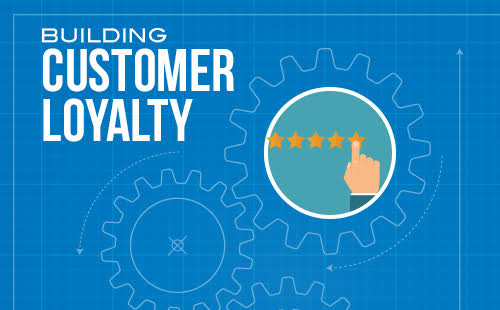
To build customer loyalty, businesses should focus on the following strategies:
Deliver exceptional value
Consistently provide high-quality products or services that meet or exceed customer expectations.
Enhance customer experience
Invest in customer service training, user-friendly websites, and streamlined purchasing processes.
Implement loyalty programs
Offer rewards, discounts, and exclusive benefits to incentivize repeat purchases.
Solicit and act on feedback
Regularly seek customer feedback and show that you value their opinions by making improvements based on their suggestions.
Building brand loyalty
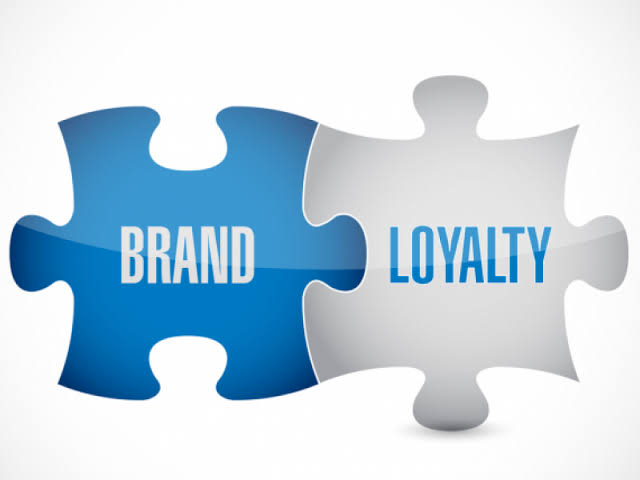
Building brand loyalty requires a more nuanced approach that taps into the emotional and identity aspects of customer relationships:
Develop a strong brand identity
Establish a clear and consistent brand identity that resonates with your target audience.
Engage emotionally
Use storytelling, brand values, and community-building efforts to create an emotional connection with customers.
Maintain consistency
Ensure that all brand touchpoints, from marketing materials to customer service interactions, are consistent in messaging and quality.
Foster a community
Create opportunities for customers to engage with the brand and each other, fostering a sense of belonging and loyalty.
Case studies
To illustrate the differences between customer loyalty and brand loyalty, consider the following case studies:
Amazon prime

Amazon Prime's membership program has helped to create a sizable customer loyalty base. They provide a convenient shopping experience and encourages repeat purchases by providing benefits like free shipping, access to streaming services, and exclusive deals. The value and convenience keep customers coming back, even if they do occasionally shop elsewhere.
Apple
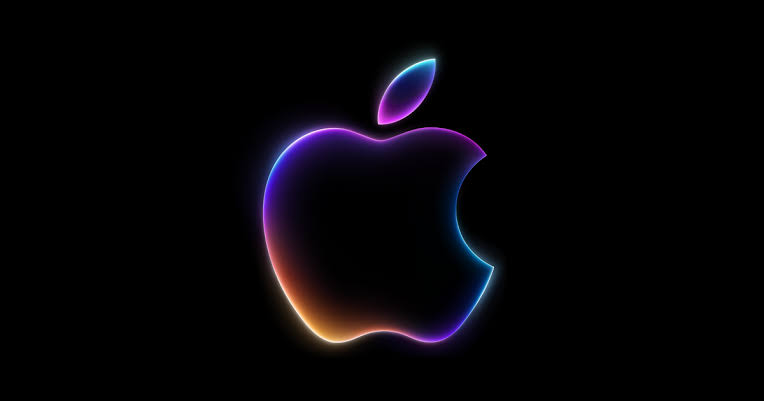
Apple is a prime example of brand loyalty because of its capacity to forge a deep emotional bond with its clientele. Customers that appreciate Apple's design, innovation, and ecosystem tend to identify with the brand. Apple's customers are fiercely devoted despite the company's higher costs and competitive alternatives; they frequently develop into brand evangelists who enthusiastically support and uphold the brand.
Measuring customer/brand loyalty: metrics and KPIs
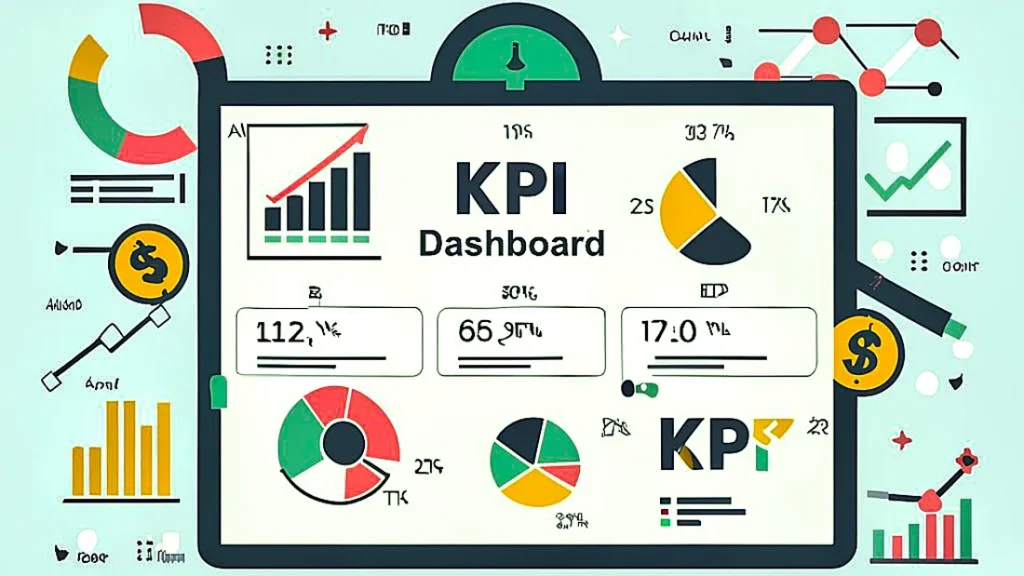
Businesses can use a range of metrics and KPIs to measure and track customer and brand loyalty effectively:
Customer retention rate
The proportion of consumers who stick with a brand for an extended length of time.
Net promoter score (NPS)
An indicator of consumer satisfaction and propensity to tell others about the brand.
Customer lifetime value (CLV)
The total amount of money a company can anticipate making from a client for the course of that client relationship.
Repeat purchase rate
The proportion of clients who, over time, make several purchases.
Engagement metrics
Participation in brand communities or events, website visits, and social media engagement.
In order to establish enduring relationships with their customers, businesses must take the discourse on customer loyalty vs brand loyalty seriously. Brand loyalty digs deeper into emotional connections and identity alignment, while customer loyalty concentrates on repeat business and satisfaction with goods or services. Businesses can build a devoted customer base that promotes the brand and drives sales by putting strategies suited to both types of loyalty into practice. This will ensure long-term success in a cutthroat market.


